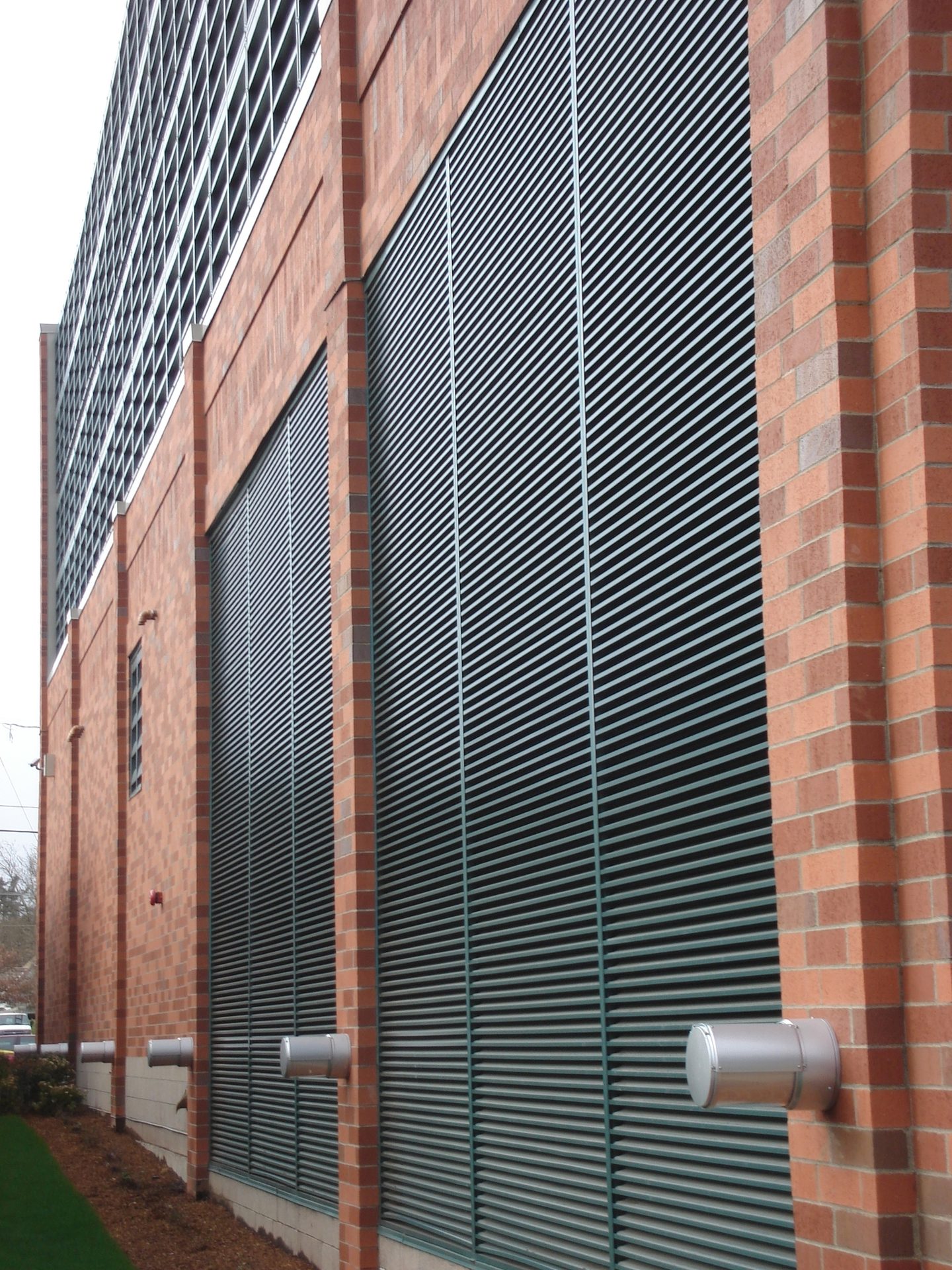Catastrophic threats and events are often a catalyst for change. Climate change and the COVID-19 pandemic have significantly impacted human life and the built environment.
As organizations like the Green Building Council and Architecture 2030 have ushered in evolving building standards aimed at improving building resiliency and decarbonization, WELL building standards have placed importance on occupant health and well-being, further exemplified in the wake of COVID-19.
This has resulted in extraordinary demand for superior building performance and intentional design. And, in turn, the priorities of those who manage commercial buildings have dramatically changed as the push for healthy building environments is greater than ever before.
Requirements for achieving these goals are often at odds. Increased airflow, ventilation and indoor air quality (IAQ) are of utmost concern. These benefits to building health can also support energy efficiency by reducing heating and cooling system demands. However, ventilation can also allow unwanted elements—such as debris, humidity and water—to enter the building envelope and cause serious damage if systems are not managed properly. Achieving success in both health and efficiency require comprehensive systems, of which louvers play a critical role.
While a louver’s blade style determines its performance and purpose, it is also an aesthetic element that can add interest and personality to the building the louver protects. All photos courtesy of Ruskin.
The Role of Louvers in Commercial Architecture
Louvers improve overall building resiliency, occupant health and can contribute to LEED and decarbonization goals—all without compromising design aesthetics.
Louvers allow outdoor air to pass through the building envelope to an air handler, where it is disseminated through the building’s ductwork via HVAC system fans. This fresh airstream can increase IAQ and occupant health. However, proper louver specification is critical to protect the building from weather and debris.
Many different types of louvers exist. Local climate, weather requirements and building codes often drive specification, although design aesthetics can also play an important role.
Common types of louvers include:
- Traditional/still air
- Non-drainable
- Drainable
- Wind-driven rain
Building operation, facility use and building equipment requirements must be considered when specifying a louver to ensure performance outcomes are achieved.

Wind-driven rain louvers are tested under AMCA 550L and AMCA 550—evaluating performance against high-velocity wind-driven rain and Miami-Dade hurricane wind-driven rain.
Understanding Louver Performance Characteristics
Typically, louver performance is measured by three key criteria: pressure drop, free area and water penetration resistance.
Louvers with high free area and low-pressure drop can reduce fan requirements and improve energy efficiency, but may lack in wind-driven rain performance. Louvers with closer blade spacing that effectively protect against wind-driven rain may reduce free area and increase pressure drop and fan requirements. Drainable and wind-driven rain louvers with high free area and low pressure drop are designed to protect against water damage and can help optimize a building’s system efficiency.
Traditional louvers, also known as basic or still air louvers, are often considered the easiest to work with and are commonly used. They have wide blade spacing and offer high free areas and low pressure drops, but no protection against wind-driven rain. As louver performance standards evolve to include higher requirements of water mitigation, still air louvers are becoming less prevalent.
Non-drainable louvers are often specified as an economical option that provides high free area and is suitable for applications where occasional water penetration is acceptable. Non-drainable louvers are available in a wide range of blade and frame options that create a long continuous sight line offering enhanced design flexibility.
Drainable louvers are constructed with a high-performance frame system that captures water and channels it into a chute for drainage. Drainable louvers require a vertical mullion at 10 ft. max for proper water drainage.
Wind-driven rain louvers are engineered to withstand extreme weather and are designed to pass stringent Miami-Dade County, Florida Building Codes. Wind-driven rain louvers provide complete water rejection to protect the building envelope from hurricanes, tropical storms and tornadoes.
Protection Against Extreme Weather
The National Oceanic and Atmospheric Administration (NOAA) has reported increased hurricane intensity levels along the Atlantic seaboard with a correlation to an increase in greenhouse gas. In turn, extreme weather poses an increased risk to maintaining building integrity and occupant safety. During these events, water and wind-driven rain penetrating the building envelope can result in damage to HVAC systems, electrical equipment, drywall and ceilings. Prolonged exposure to water infiltration can facilitate mold growth and create unsafe conditions with standing water and slip-and-fall hazards.
As climate change continues to evolve, the Air Movement and Control Association (AMCA) has expanded testing standards to increase building resiliency against these extreme weather conditions. AMCA 500-L is the standard protocol for testing louvers. Performance indicators include pressure drop, free area, water penetration, wind-driven rain and wind-driven sand.
Wind-driven rain louvers are tested under AMCA 550L and AMCA 550—evaluating performance against high-velocity wind-driven rain and Miami-Dade hurricane wind-driven rain. AMCA-certified wind-driven rain louvers are tested within a simulation chamber to mirror natural conditions and test against various wind velocities and levels of precipitation.
Project location will dictate local building codes, which may also include AMCA 540—louver impact resistance and ICC-500—the ICC/NSSA standard for the design and construction of storm shelters. This is especially common within areas prone to hurricanes (AMCA 540) and tornadoes (ICC-500).

